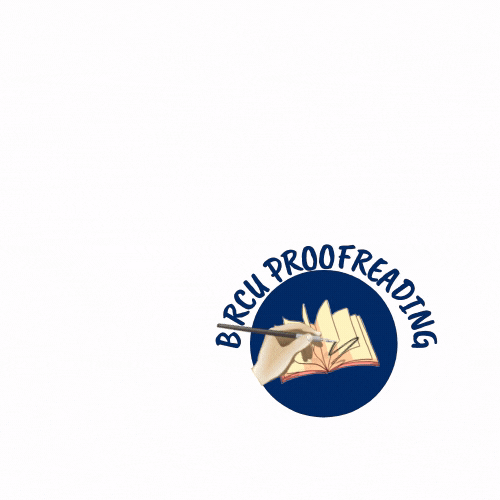Performance Model of Kulcapi (Karo Musical Instrument) as a Teaching Material in Guitar Learning
Abstract
Keywords
Full Text:
PDFReferences
Arief, S. Sadiman. 1984. Media Pembelajaran, Pengertian, Pengembangan, Penempatan. Jakarta: Rajawali.
Arikunto, Suharsimi. 2010. Prosedur Penelitian Suatu Pendekatan dan Praktek. Jakarta: Rineka Cipta
April Wright, 2013 Academic and Cognitive trends in Children Living with Autism, California State University, Fullerton Proquest Dissertations Publishing
Blackwood, Alan. 1979. Ward Lock’s Encyclopedia Music. London : WARD Lock Limited
Bungin, Burhan. 2007. Penelitian Kualitatif. Jakarta : Kencana.
Craft, A. (Ed). (2005). Creativity in Schools Tensions and Dilemmas. New York: Routledge.
Dick and Carry 2010 Model Pembelajaran Dalam Pembelajaran Bahasa Dan Sastra Indonesia
Fitri Nugra Heni: 2013 : Jurnal - hubungan - motivasi belajar terhadap hasil belajar mahasiswa: (https://www.slideshare.net/SieChachaK/26-des-2013 )
Hornbostel, Erich M. Von and Curt Sach, 1961. Clasification of Musical Instrument. Translate from original German by Anthony Baines and Klausss P.Wachsmann.
Johan, 2013 Psikologi Pendidikan Seni Pusta ilmu Yogyakarta
Leyva, Kylara 2017 Parental Understanding of The Meaning of Autism Spectrum Disorder, JeanThe University of Texas at El Paso, Proquest Dissertations Publishing
Mahmud,2012 Sosiologi Pendidikan Pustaka Setia Bandung.
Moleong, Lexy J. 2010. Edisi: cet.20 Metode Penelitian Kualitatif. Bandung: Remaja Rosdakarya
Merriam, Allan P, 1964. The Antropology of Music. North Western : UniversityPress
Rinehort and Winston. Arsyad, Azhar. 2002.Media Pembelajaran. Jakarta: Raja grafindo Persada.
Rusman, M.Pd. 2010 Model-Model Pembelajaran, Mengembangkan Profesional
Sadiman. 1984. Media Pendidilkan Pengertian, Pengembangan dan Pemanfaatan. Jakarta: CV. Raja Wali.
Sadiman, Arif, dkk. 2002. Media Pendidikan, Pengertian, Pengembangan, dan Pemanfaatan (edisipertama, cetakan ke-10). Jakarta: PT. Raja Grafindo Persada.
Sanjaya, wina. (2008). Strategi Pembelajaran Berorientasi Standar Proses Pendidikan. Jakarta : Kencana Prenada Media Group.
Sitepu Beri Pana, 2013. Kajian Organologi Kulcapi Pada Masyarakat Karo Buatan Bapak Pauji Ginting Skripsi Sarjana Departemen Etnomusikologi Fakultas Ilmu Budaya Universitas Sumatera Utara.
Sugiyono,2013. Metode Penelitian Kuantitatif, Kualitatif dan R&D.Bandung : Alfabet.
DOI: https://doi.org/10.33258/birci.v1i4.102
Article Metrics
Abstract view : 690 timesPDF - 272 times
Refbacks
- There are currently no refbacks.

This work is licensed under a Creative Commons Attribution-ShareAlike 4.0 International License.

This work is licensed under a Creative Commons Attribution-ShareAlike 4.0 International License.

_.gif)

















_.gif)



